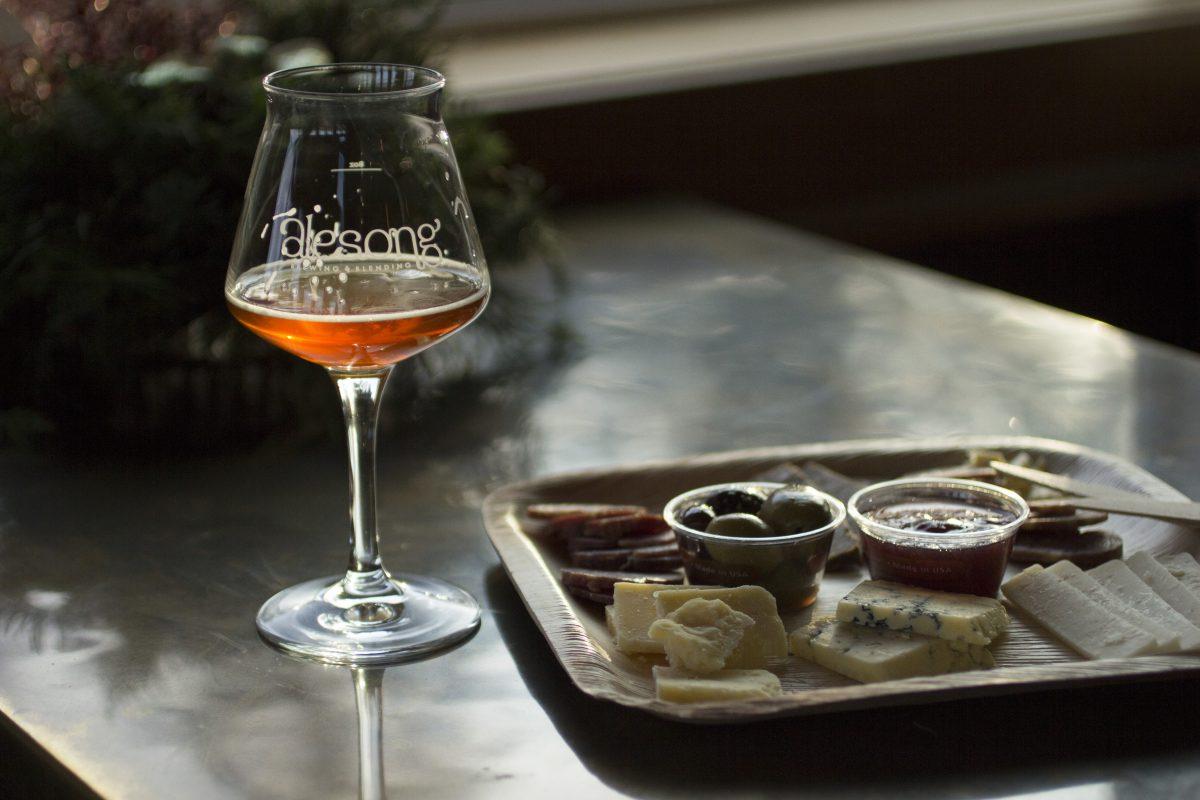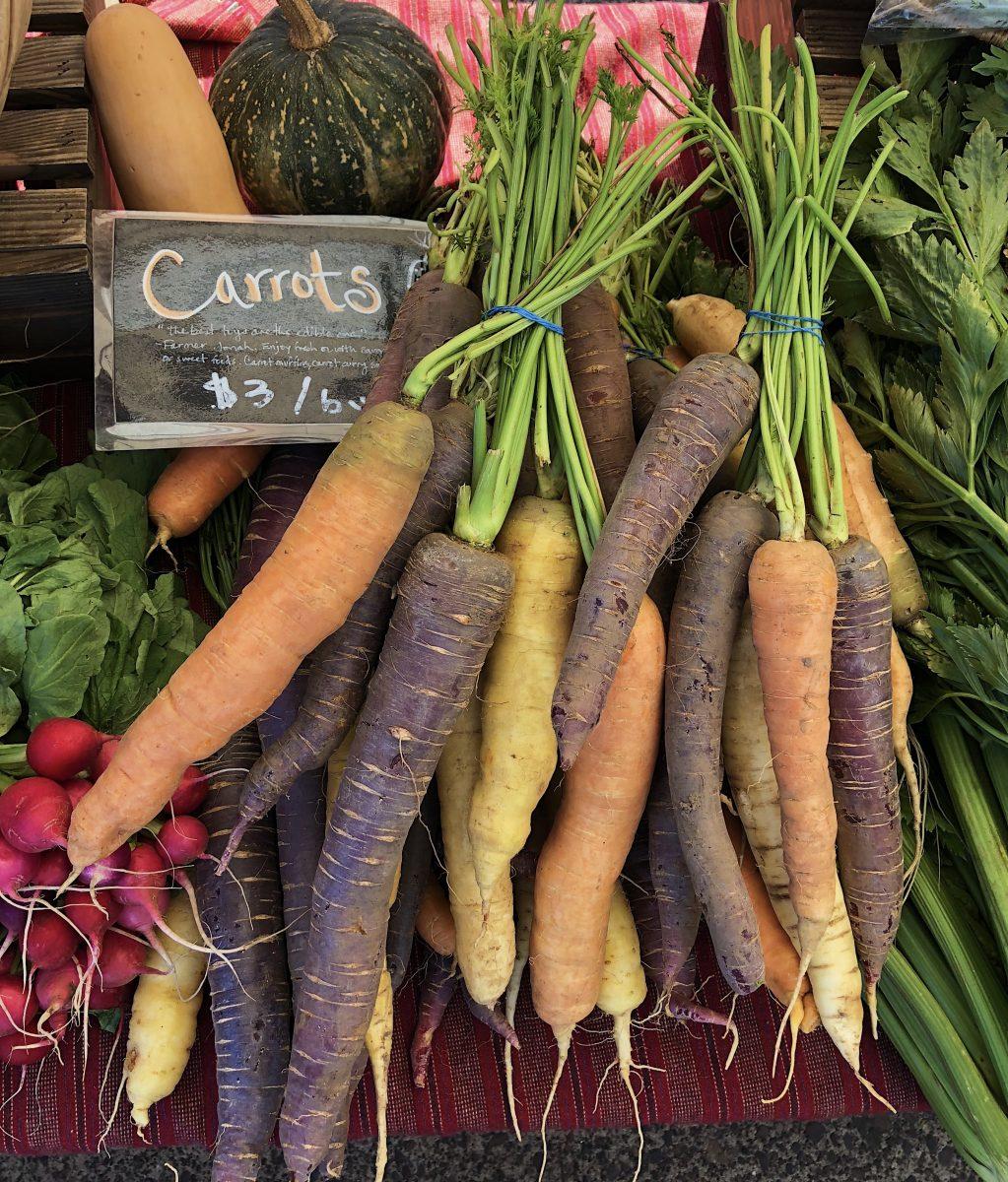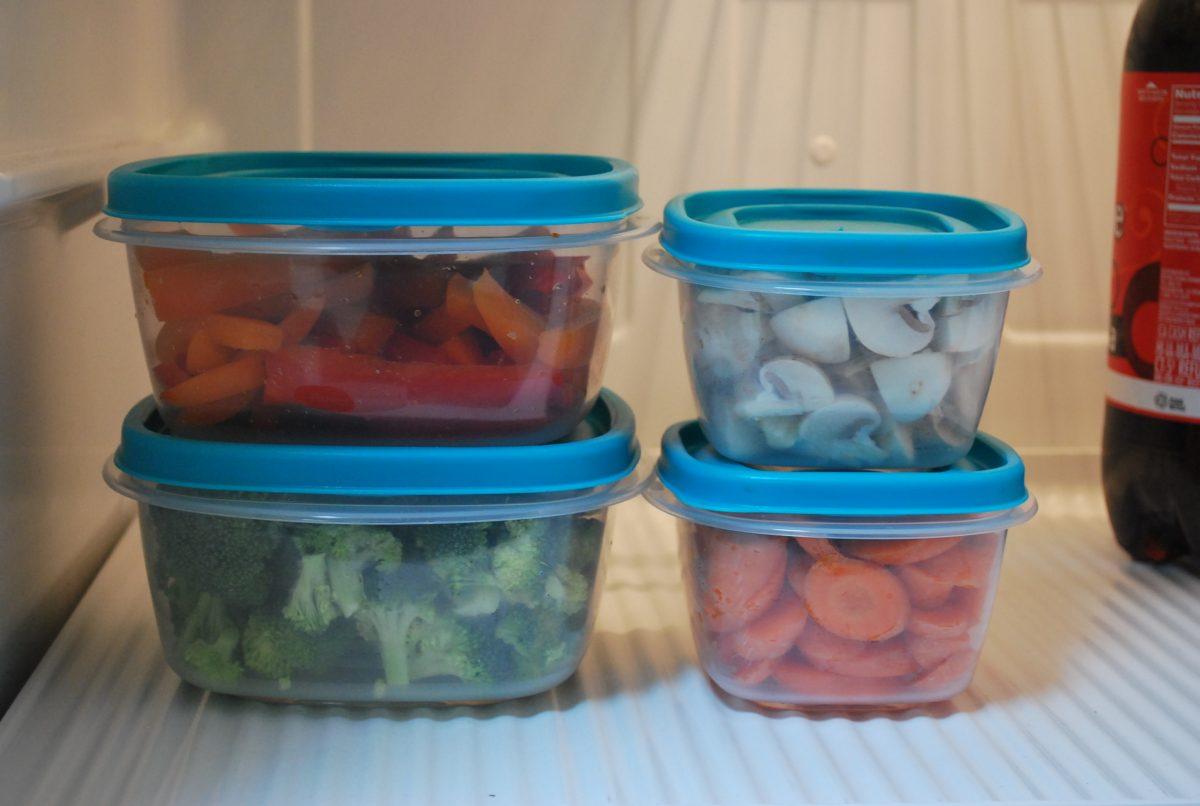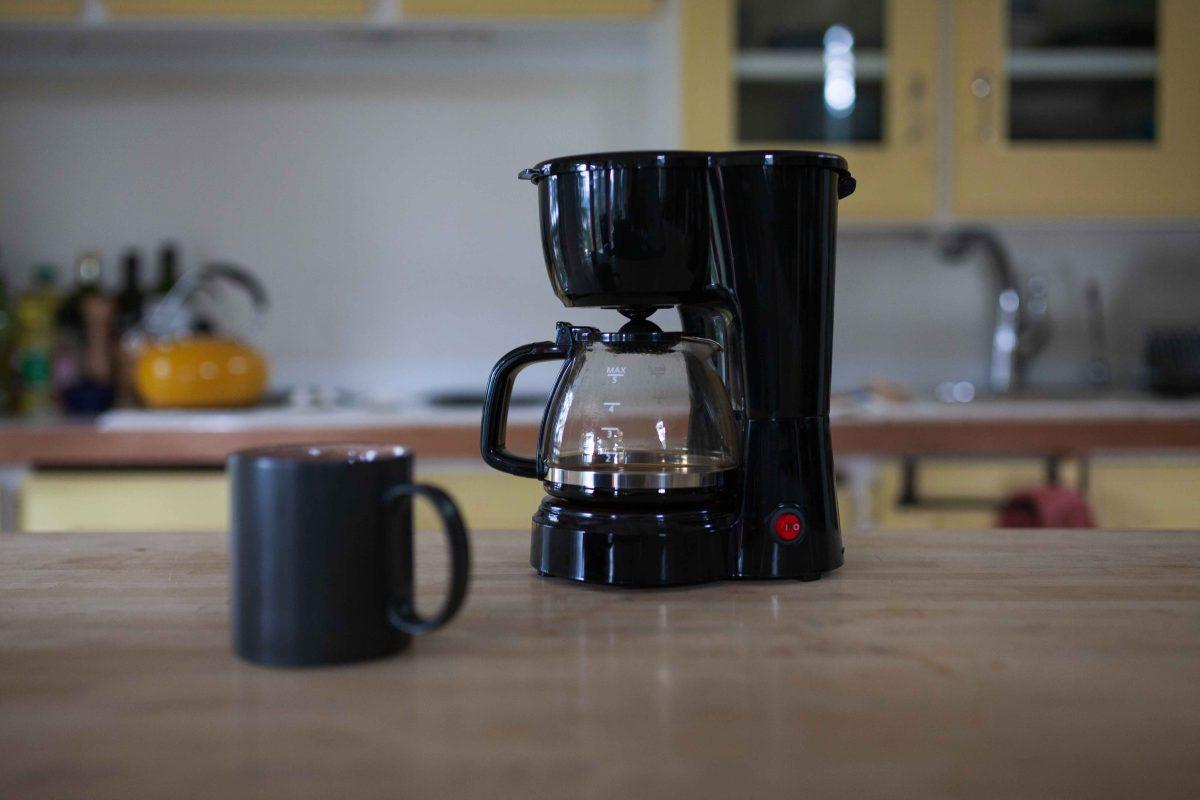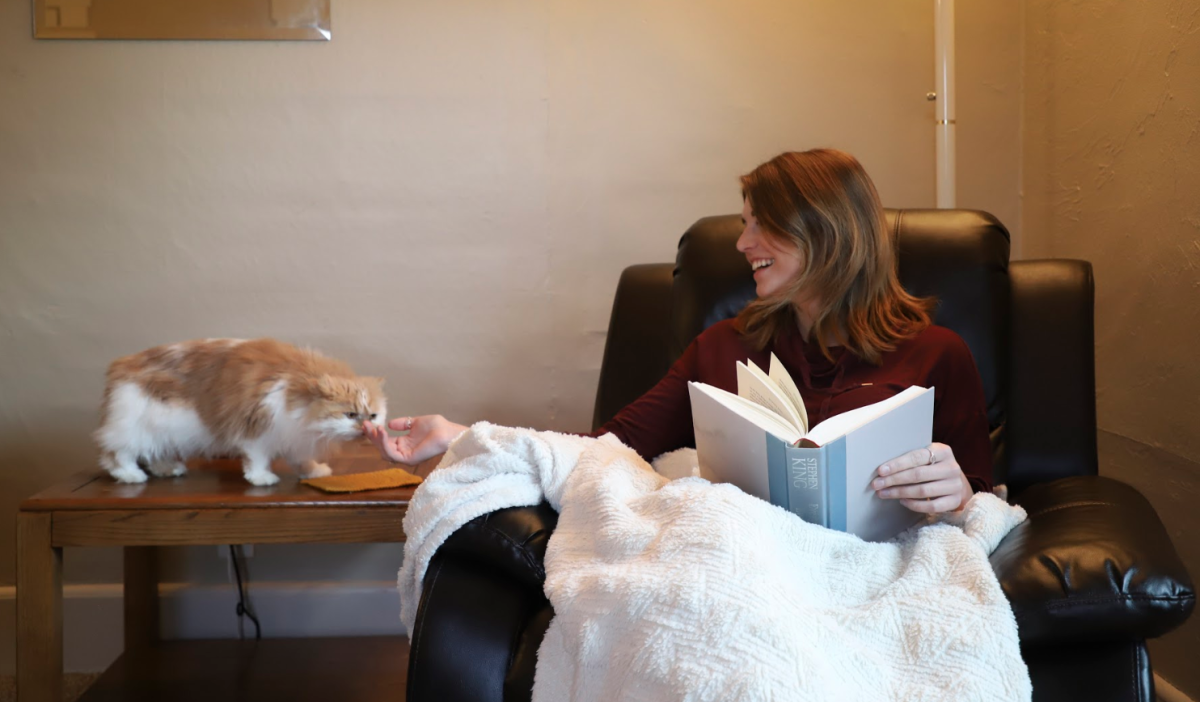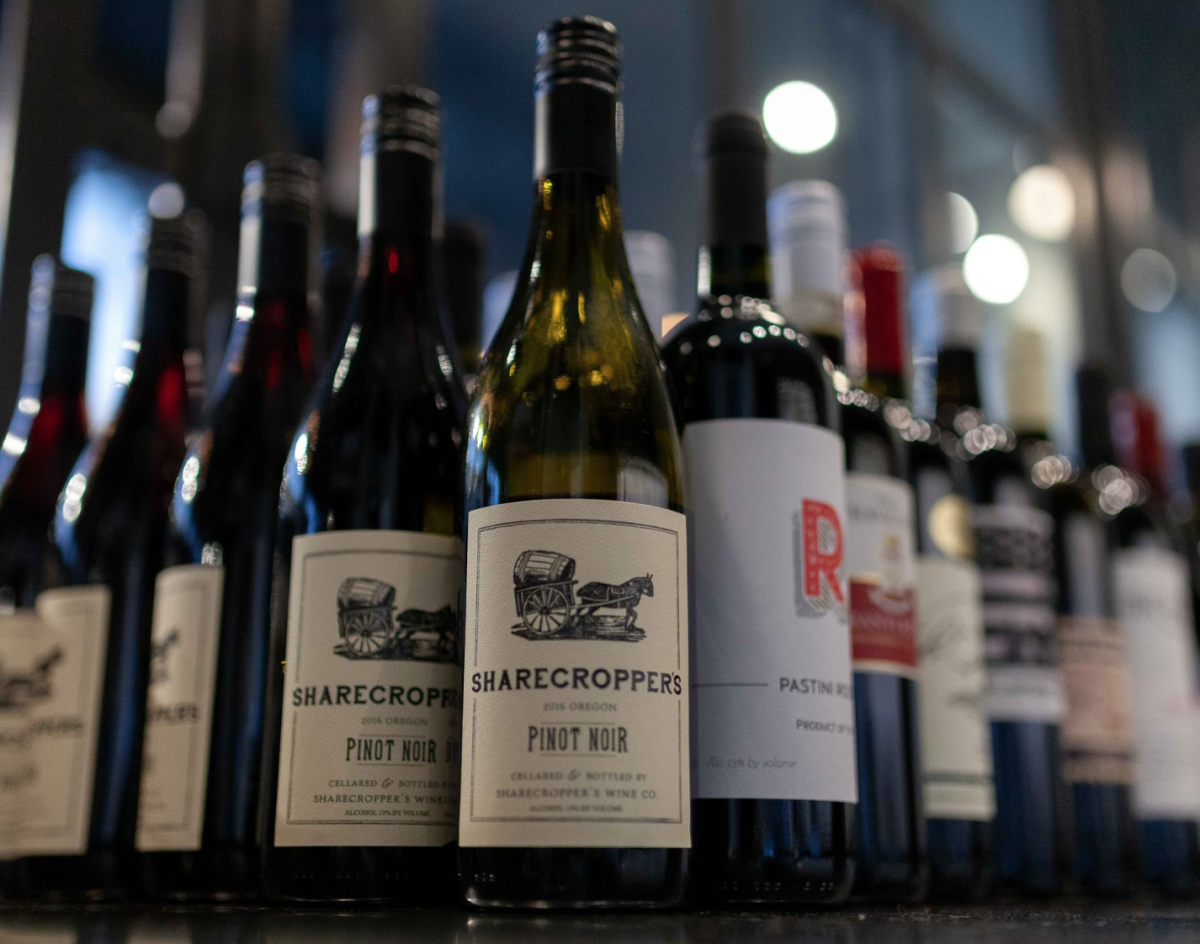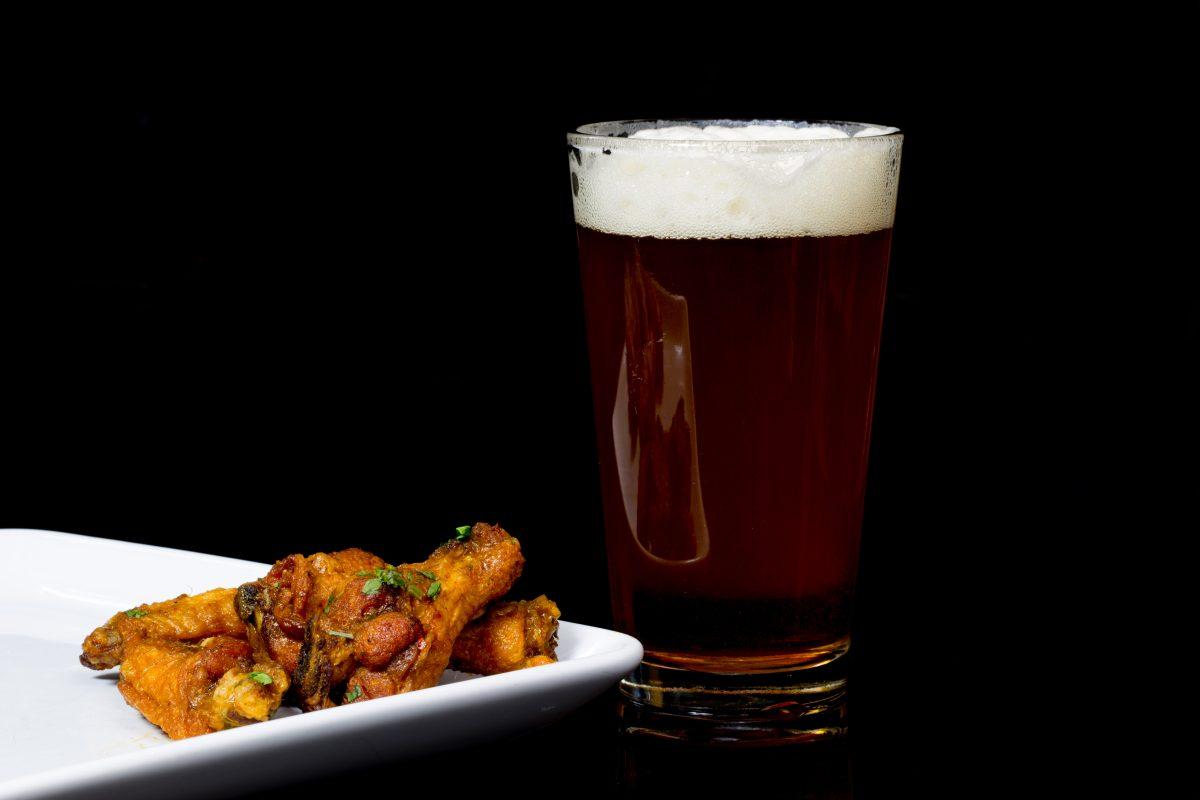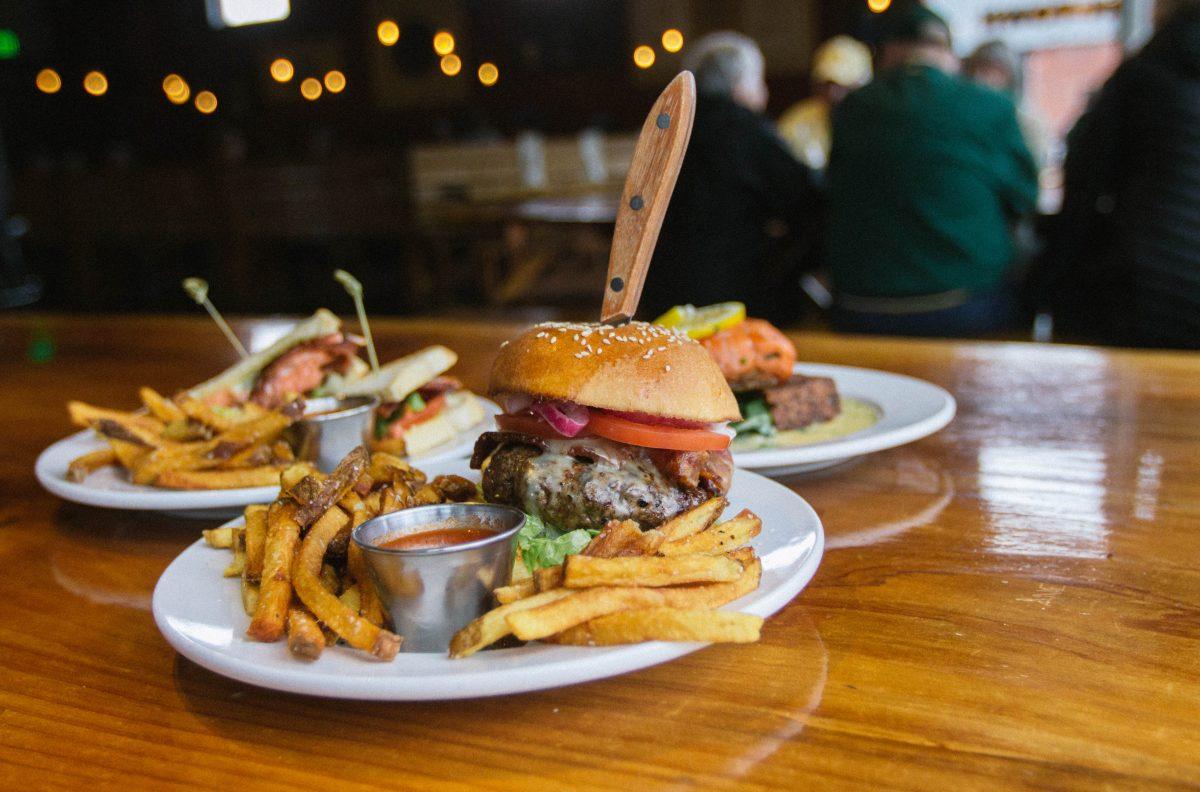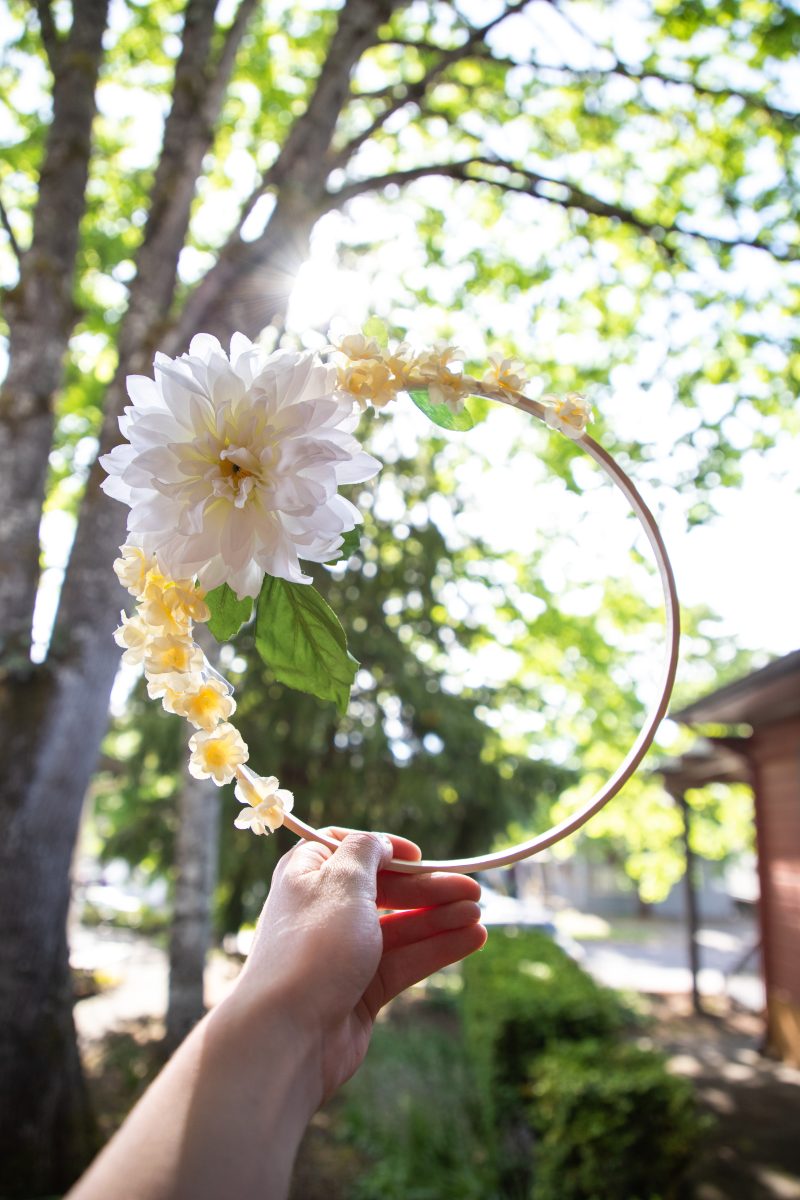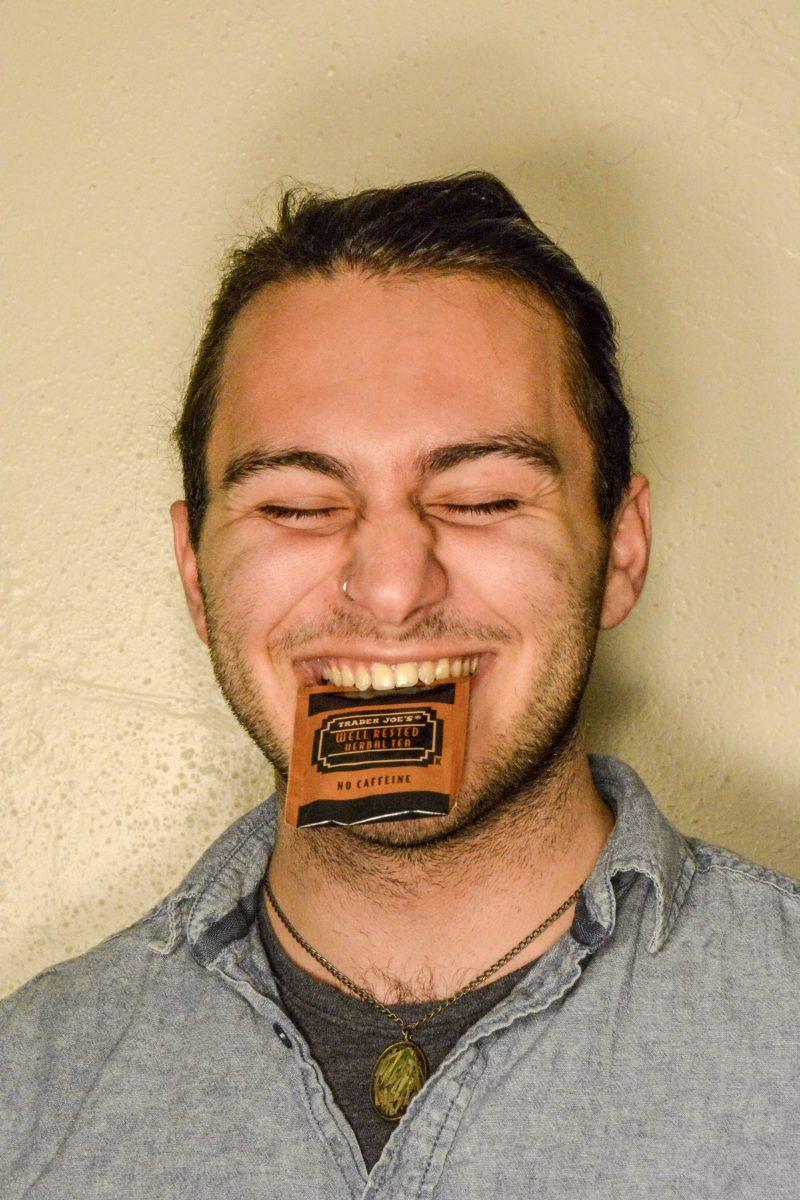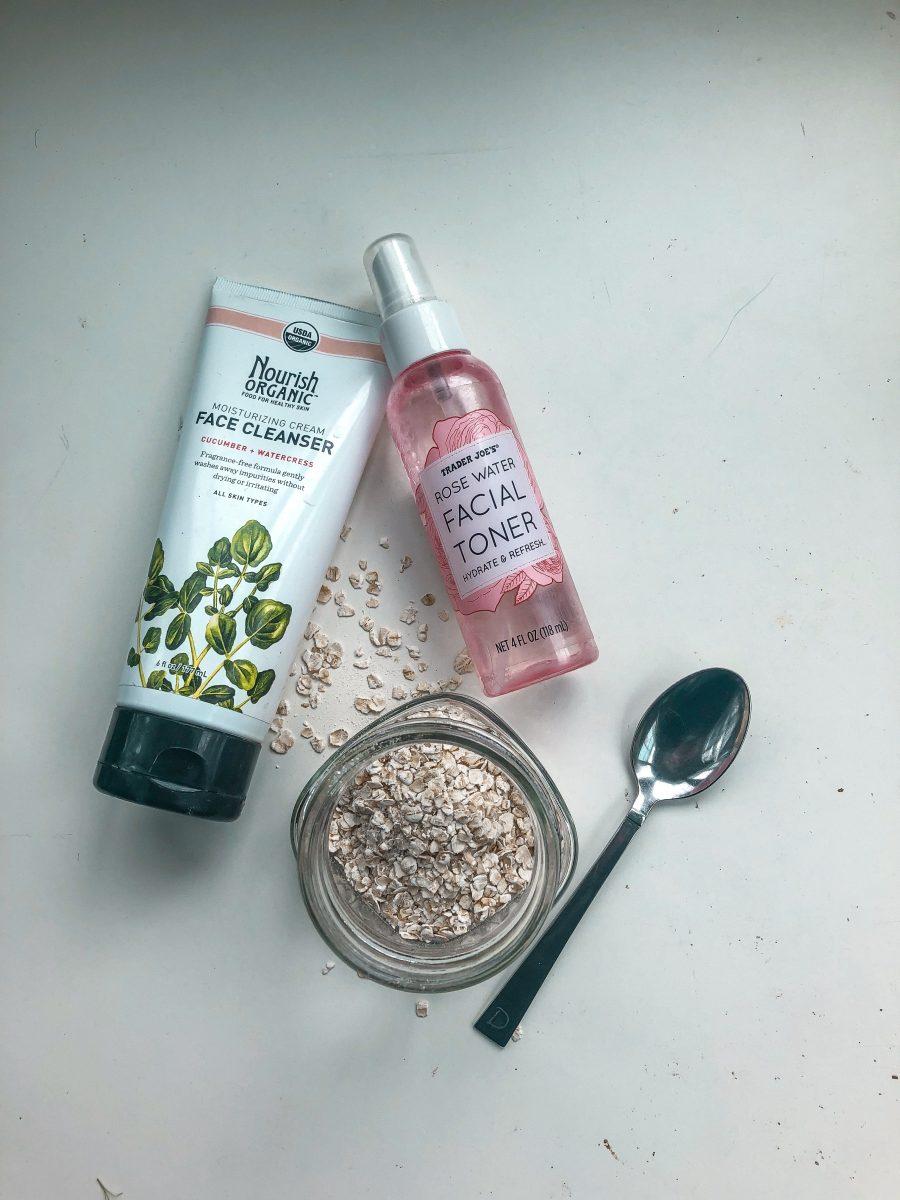Words and Photo by Anna Glavash
Whether you want to chef up your own multi-course gourmet meal complete with drink pairings or just enjoy some quality snacks alongside a couple bottles, you might assume wine is the way to go. Think again.
According to Brian Coombs of Alesong Brewing and Blending, beer is actually a better option for food pairing, and he’ll tell you why. “We have an incredible versatility of flavors we can work with because we’re not limited to just the grapes as ingredients. Beer also has carbonation, which acts as such a good pairing tool because it can scrub and reset your palate after a bite,” Coombs says. Before opening Alesong he worked at King Estates, so he knows a couple of things about wine too. He even blends wine grape juice into some of his beers and ages them in oak barrels. Here’s what we learned from him and a couple other beer geeks about how to create our own pairings.
There are two basic kinds of pairings: a like-like pairing and a compare-and-contrast pairing.
In the former, the food and the beer have similar qualities, and the flavors enhance one another. The latter will provide a counterpoint to the food and often the goal is to balance the palate.
Whether you’re starting with the food or the beer, use your senses to detect what the flavor profile is.
Coombs suggests the four S’s—see, swirl, smell, sip—to help you pick out flavors in beer. There are lots of tools out there such as flavor maps to help put your finger on what you’re tasting. Once you can describe the beer’s flavor, Coombs says creating a pairing is a lot easier than people make it out to be. “We’ve eaten every day of our lives, so we have in our mind and palate some idea of flavors that we like to go together.” He recommends relying on your own personal culinary experience at this point.
If you still don’t trust your instincts, it’s also a good time for trial and error.
Jenna Housley, tasting room manager at Agrarian Ales, recommends getting a few different types of a food—cheese, for example—and using your nose to profile them. Then test each one out with your beer of choice. Though it’s difficult not to gobble it down, cheese in particular should be warmed in the mouth and chewed really slowly to let its flavors emerge.
Play around with which order you try beer and food. Usually, you’ll want the stronger flavor first and the more cleansing one second, but if it’s a like-like pairing, it can go both ways. Housley also recommends having a neutral-tasting palate cleanser like crackers on hand to nibble on between tastings.
Make sure you read the beer label. Sometimes there are clues on it that describe the flavors within. Agrarian’s new line of kettle sours feature vivid descriptions, such as on the Spruce Tip Dryad: “This sour blonde emanates layers of lemon zest and pine essence. This beer is like having lemonade on a rainy day somewhere deep in the woods of the Northwest while watching the tree nymphs zip around and frolic amongst the treetops.”
The main thing to avoid is pairing a strong, bold flavor with a subtle one and overpowering it.
Contrasting flavors should be strong in their own right. Often, a very rich food will be paired with something acidic, which cuts the fat on the tongue, or a very pungent flavor might be paired with something sweet. Though the two components are opposite, the pairing has the effect of balancing the palate.
Chef Dave Lucht of Ciao Pizza & Trattoria was running the kitchen at Hop Valley when it first opened, and has been creating food that pairs well with beer ever since. He recently served a five course tasting menu that not only had a Coldfire beer pairing for every course, but actually incorporated beer into many of the dishes. Some of his techniques may be more advanced, but the principles are the same.
Find the flavors that emerge in the beer, and recreate them in the food.
Adding the beer’s flavors or the beer itself to sauces is the easiest way to do this. Lucht’s menu includes beer cheese dip, sour beer foam dressing, hopped aioli, malted barley oil and espresso ganache (to pair with a coffee stout, of course!) Lucht also uses the food to balance the beer, pairing a rich salad dressing with a tart sour ale and a floral saison with spicy pepperoncini, but his menu wouldn’t be complete without this classic like-like pairing: imperial stout and chocolate cheesecake.
Some favorite examples:
Brian: Chimay (Belgian) with a Westminster 8-year aged cheddar
Dave: Blonde ale and pepperoni pizza, IPA and anything spicy
Jenna: Agrarian Spruce Tip Kettle Sour with Rogue Creamery blue cheese
How To Be a Beer Geek and Create Your Own Pairings
Emerald Essentials
February 5, 2018
0
More to Discover




